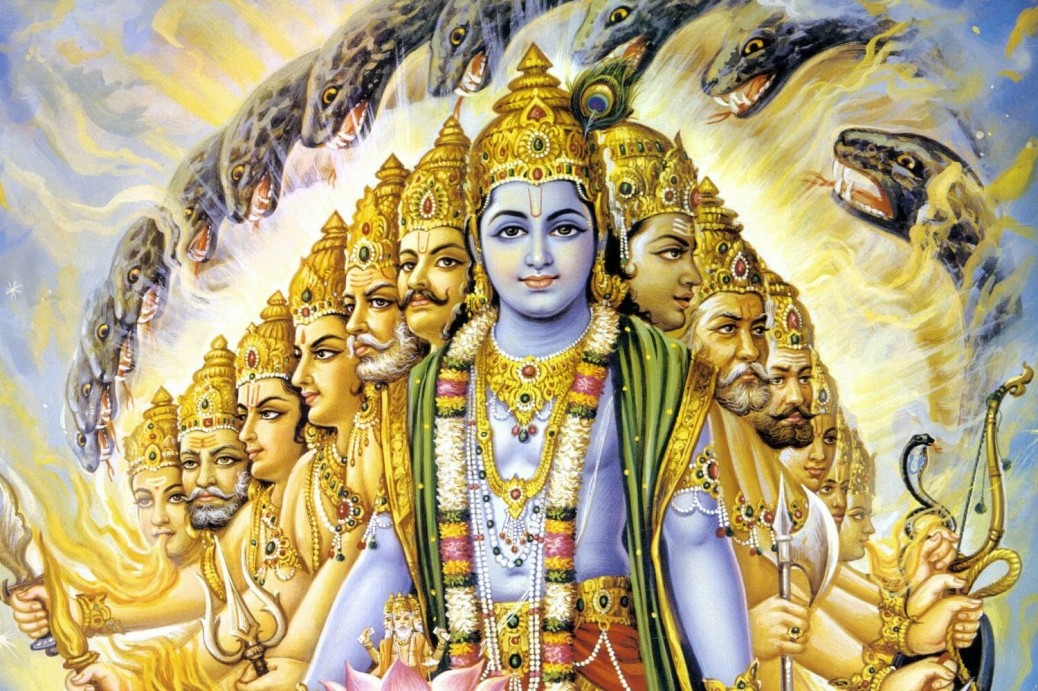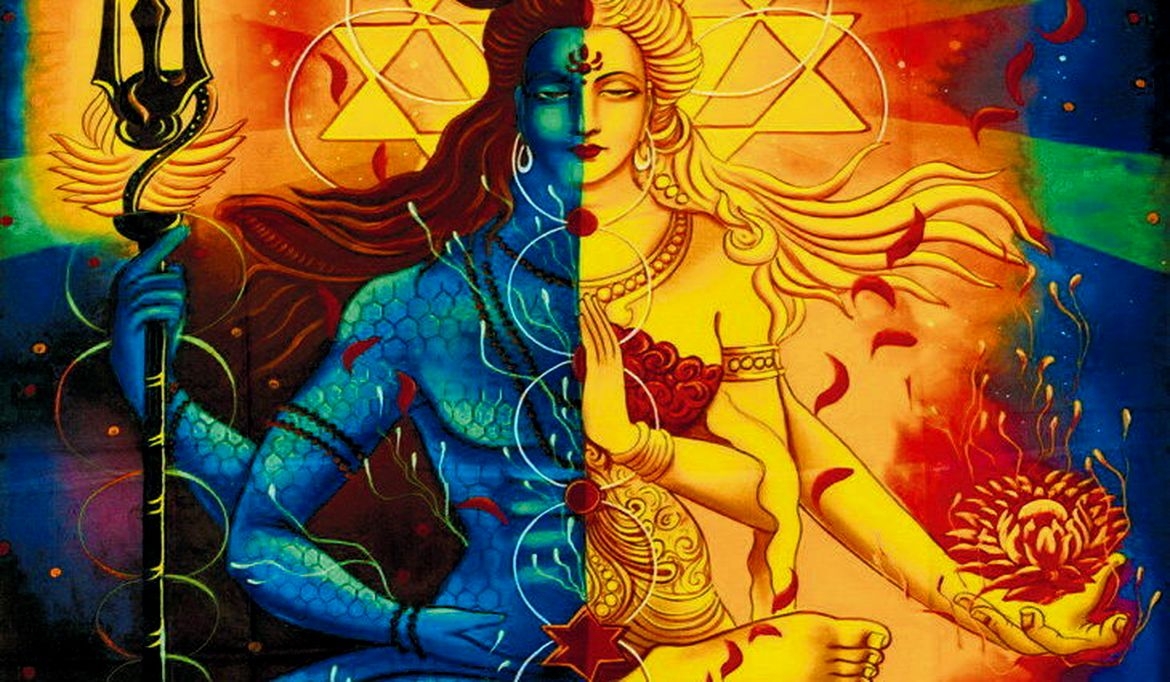Witnessing Consciousness – In Gita Verse 2.20 For the soul there is neither birth nor death at any time. He has not come into being, does not come into being, and will not come into being. He is unborn, eternal, ever-existing and primeval. He is not slain when the body is slain.
In the resplendent wisdom of the Bhagavad Gita, Krishna imparts a truth of staggering depth: our true essence, the soul, is an eternal witnessing consciousness.
Witnessing is not of the mind; it transcends thought. While thinking is the occupation of the mind, witnessing is the discovery of one’s true self behind this ceaseless activity. It is akin to the boundless sky, ever-present yet often obscured by the clouds of thought.
Zen Buddhism differentiates between the ordinary thinking ‘mind’ and the ‘Mind’ – the vast, clear sky of consciousness from where all thoughts arise. When free from thought, when the mind’s incessant chatter subsides, witnessing emerges like the sky on a clear day.
This duality is pivotal: one can either think or witness. If one is absorbed in thought, the mist of the mind conceals the clarity of consciousness. But in witnessing, the mind’s presence fades, revealing your intrinsic nature – pure, uncontained awareness.
Thinking is a learned process; witnessing is your innate state. Thus, while you can harbor thoughts of various hues shaped by culture and belief, the soul, your consciousness, remains untainted and universal.
Krishna, in this moment, is not merely speaking to Arjuna; he’s awakening him with a gentle but firm jolt to the present – a call to consciousness. This jolt is an invitation to step back from the mind and its thoughts, to enter the realm of witnessing.
Have you ever encountered an unexpected pause in your stream of thoughts? Imagine the continuous flow of a bustling stream suddenly halting, revealing the clear, still water beneath. Such moments, though fleeting, offer a glimpse into the tranquil depths of your own consciousness – a space often concealed by the relentless flow of mental activity.
These pauses between thoughts are not empty voids; they are gateways. In these silent interludes, the incessant chatter of the mind ceases, and even if just for an instant, there is clarity. This clarity, this space, holds the key to witnessing – the pure awareness of being. Here, you stand apart from your thoughts and come face to face with the unblemished spark of your true self, the pure ‘I am’ that is your consciousness.
It is in these intervals that you can begin to cultivate the art of witnessing. As if stepping back within your own mind, you become the observer of your own mental processes. You find yourself in a haven of stillness, where the possibility of witnessing comes alive – not as a function of the active mind, but as an intrinsic aspect of your very being.
Meditation is but a slowing down of thoughts, creating gaps wide enough for witnessing to shine through. Thought belongs to the mind, while a thoughtless state of consciousness is the domain of witnessing.
Krishna’s words are a clarion call to Arjuna, and to us: “You are not slain when the body is slain.” He urges us to live not from the transient flicker of thoughts but from the eternal flame of witnessing consciousness – our true self.
In awareness, however, the distinction between subject and object dissolves. Awareness is an integrated act, where the ‘witness’ and the ‘witnessed’ melt into one. It is the epitome of non-doing, where witnessing unfolds into pure awareness – an unbroken, conscious presence.
From unconscious activity to witnessing, to awareness, there exists a path of transformation. Witnessing is a conscious act; it is the bridge between the unconscious and the total awareness that Krishna beckons Arjuna toward.
By embodying the wisdom of the Gita, we are called to act not from our conditioned mind but from our witnessing consciousness, which forever remains untouched, eternal, and beyond the ephemeral dance of creation and destruction.
Tags: Witnessing Consciousness





